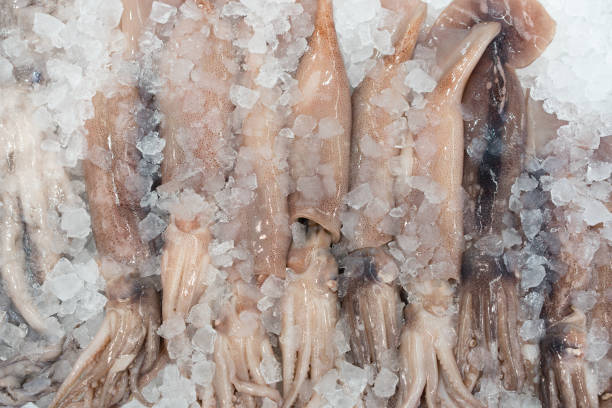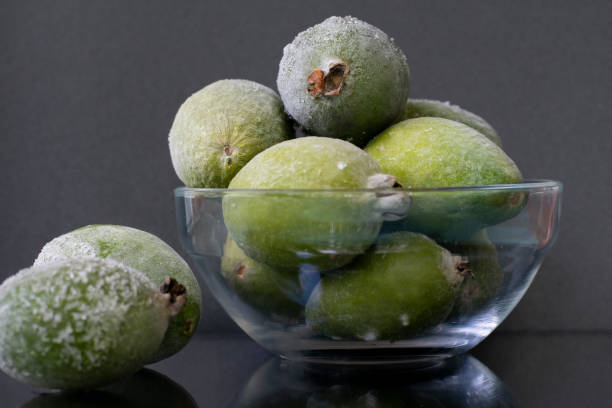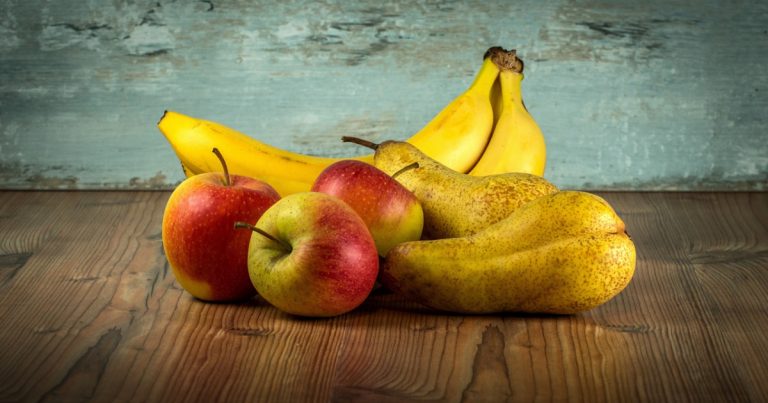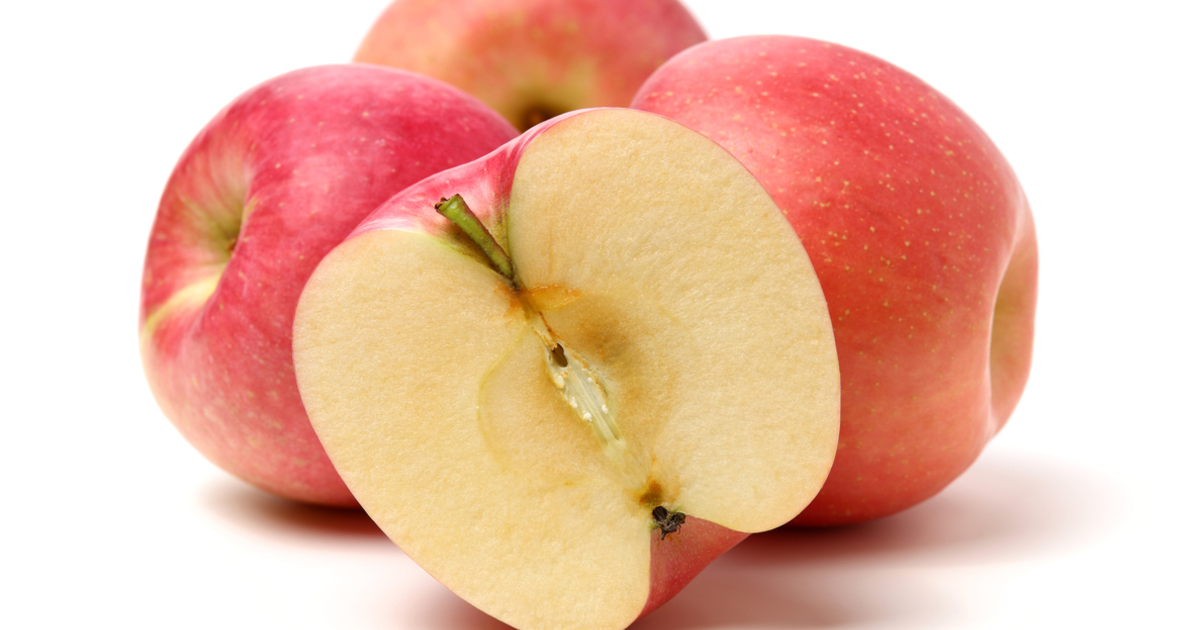Defrosting meals can be one of the trickiest things of the time. Failure to remove the meal from the freezer in time to properly thaw before cooking can result in failure. So you’re dying to remember to take the bowls out of the freezer and put them in the fridge on time, but how long does it take?
Defrosting meals
There are three ways you can adequately defrost meals – in the fridge, it’s just one of several options. Here are the three recommended food-safe methods, so if you’re in a bind and forgot to get the meal out of the freezer – don’t worry. There are three methods you can use to defrost the meal. Also, note how to freeze food properly.

The problem of defrosting meals
Individual dishes will most likely defrost overnight, e.g. frozen bread can be defrosted in this way. Casseroles, bags of food, and roasts will not. They will probably thaw in the fridge for 24-48 hours. One of the biggest mistakes is thinking that a casserole dish will thaw overnight in the fridge. That’s not true. To effectively plan the week’s meals, I usually decide on Sunday what I’m going to do for the week and jot it down on a calendar. I also include in my notes the time it takes me to get the dish out of the freezer and put it in the fridge for proper defrosting. This helps me not to get caught in a quandary during the week and have the food on the table half frozen.
1. Defrost in the refrigerator
This method takes the longest but is the best for the quality and shelf life of the food. If you decide you don’t want to eat the meal or are going to a friend’s place for dinner instead, you can still refreeze the meal without worrying about its safety of the meal.
2. Thawing in cold water
You can wrap a casserole or freezer bag in an extra plastic bag and place it in the sink submerged in cold water. The additional bag is designed to protect the food from getting wet. This method is faster and usually only takes a few hours, but you should change the water every 30 minutes. You also risk water penetrating the product. I only recommend this method for thawing meat, marinated meat, soups, or items in plastic containers. It is not recommended to refreeze objects that you have unfrozen using this method.
3. Defrost in the microwave
This is by far the quickest method of defrosting food, but you must prepare the dish promptly. It also won’t work for you if you use foil baking pans (they aren’t microwavable). And you can’t refreeze the meals that have been thawed this way unless you cook them first.
Cook frozen food
Plus, you can cook these even when frozen. You just need to add about 50% more time to the listed cooking time. That means if it says cook for 1 hour, you should plan to cook it for at least 1.5 hours, maybe even longer. However, this does not apply to all foods. Because defrosting the spinach is usually quick. Also, note tips for warming up the spinach.

The instructions above for adding 50% are for stovetop and oven cooking. When it comes to the best time to get your meals out of the freezer in order to defrost them at the right time.
General guidelines for thawing
Here are some general guidelines for thawing.
- Single servings – overnight or in the microwave
- Casserole dishes, freezer bags, and medium-sized plastic containers – 24 to 48 hours
- Meat (including marinated meat and roasts) – 5 hours per kilo
- Ready Bread (already baked) – 24 hours (on the countertop)
- Bread, uncooked – Overnight (in the fridge)







